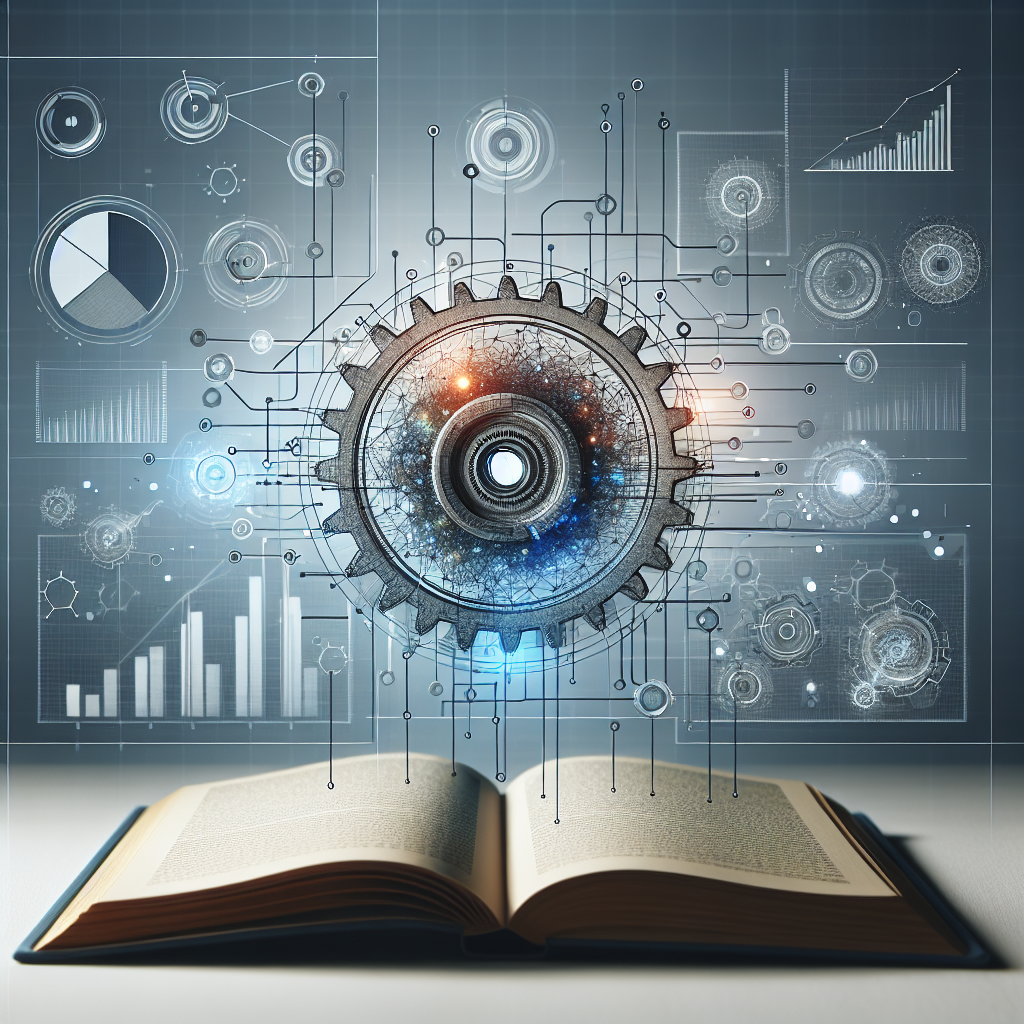In today’s fast-paced business environment, companies are constantly seeking ways to improve their operations and stay ahead of the competition. One area that has seen significant advancements in recent years is the use of artificial intelligence (AI) in business intelligence for training and development. AI-driven business intelligence is revolutionizing the way companies approach employee training and development, providing valuable insights and recommendations to help organizations optimize their learning programs and drive employee growth.
AI-driven business intelligence for training and development involves the use of AI algorithms and machine learning techniques to analyze large volumes of data and provide actionable insights to improve training programs. By leveraging AI, companies can identify patterns and trends in employee performance, assess training effectiveness, and personalize learning experiences to meet the specific needs of each individual employee.
One of the key benefits of AI-driven business intelligence for training and development is the ability to analyze data in real-time and provide immediate feedback to employees. This allows companies to quickly identify areas for improvement and make adjustments to training programs as needed. AI can also help companies track employee progress and performance over time, enabling them to measure the impact of training initiatives and make data-driven decisions about future investments in employee development.
AI-driven business intelligence can also help companies identify high-potential employees and tailor training programs to meet their specific needs. By analyzing data on employee performance, skills, and behavior, AI algorithms can identify patterns that indicate which employees are likely to excel in certain roles or benefit from specific training opportunities. This allows companies to target their training efforts more effectively and maximize the impact of their learning programs.
In addition to improving the effectiveness of training programs, AI-driven business intelligence can also help companies optimize their training budgets and resources. By analyzing data on training costs, employee performance, and learning outcomes, AI algorithms can identify opportunities to reduce costs, streamline training processes, and allocate resources more efficiently. This can help companies maximize the return on their training investment and ensure that employees receive the training they need to succeed.
Overall, AI-driven business intelligence for training and development offers a powerful tool for companies looking to enhance their employee development efforts and drive growth and innovation. By leveraging AI algorithms and machine learning techniques, companies can gain valuable insights into employee performance, identify training needs, and personalize learning experiences to meet the specific needs of each individual employee. This can help companies improve the effectiveness of their training programs, optimize their training budgets, and drive employee growth and development.
FAQs:
1. What is AI-driven business intelligence?
AI-driven business intelligence is the use of artificial intelligence algorithms and machine learning techniques to analyze large volumes of data and provide actionable insights to improve business operations. In the context of training and development, AI-driven business intelligence can help companies optimize their employee training programs, identify training needs, and personalize learning experiences to meet the specific needs of each individual employee.
2. How can AI-driven business intelligence improve employee training and development?
AI-driven business intelligence can improve employee training and development by providing valuable insights into employee performance, identifying training needs, and personalizing learning experiences. By analyzing data on employee performance, skills, and behavior, AI algorithms can help companies identify patterns and trends that indicate which employees are likely to excel in certain roles or benefit from specific training opportunities. This allows companies to target their training efforts more effectively and drive employee growth and development.
3. What are the benefits of AI-driven business intelligence for training and development?
Some of the key benefits of AI-driven business intelligence for training and development include:
– Real-time feedback: AI algorithms can analyze data in real-time and provide immediate feedback to employees, allowing companies to quickly identify areas for improvement and make adjustments to training programs as needed.
– Personalized learning experiences: AI can help companies tailor training programs to meet the specific needs of each individual employee, improving the effectiveness of learning initiatives and driving employee growth.
– Cost optimization: AI algorithms can help companies optimize their training budgets and resources by identifying opportunities to reduce costs, streamline training processes, and allocate resources more efficiently.
4. How can companies get started with AI-driven business intelligence for training and development?
Companies interested in implementing AI-driven business intelligence for training and development should start by identifying their training goals and objectives, as well as the data sources and resources available to support their initiatives. Companies should also consider partnering with AI vendors or consultants who specialize in business intelligence and can help guide them through the implementation process. By leveraging AI algorithms and machine learning techniques, companies can gain valuable insights into employee performance, identify training needs, and personalize learning experiences to drive growth and innovation.
In conclusion, AI-driven business intelligence for training and development offers a powerful tool for companies looking to enhance their employee development efforts and drive growth and innovation. By leveraging AI algorithms and machine learning techniques, companies can gain valuable insights into employee performance, identify training needs, and personalize learning experiences to meet the specific needs of each individual employee. This can help companies improve the effectiveness of their training programs, optimize their training budgets, and drive employee growth and development.

